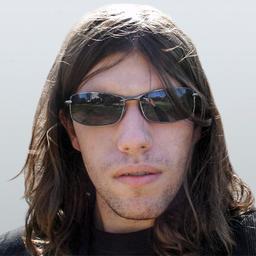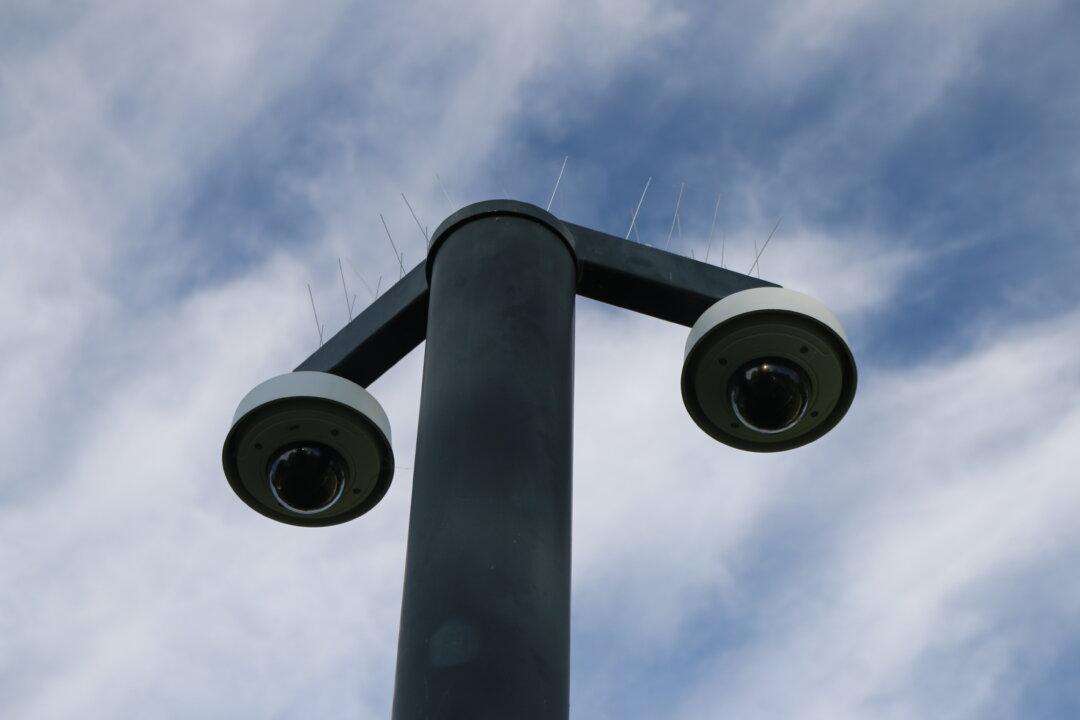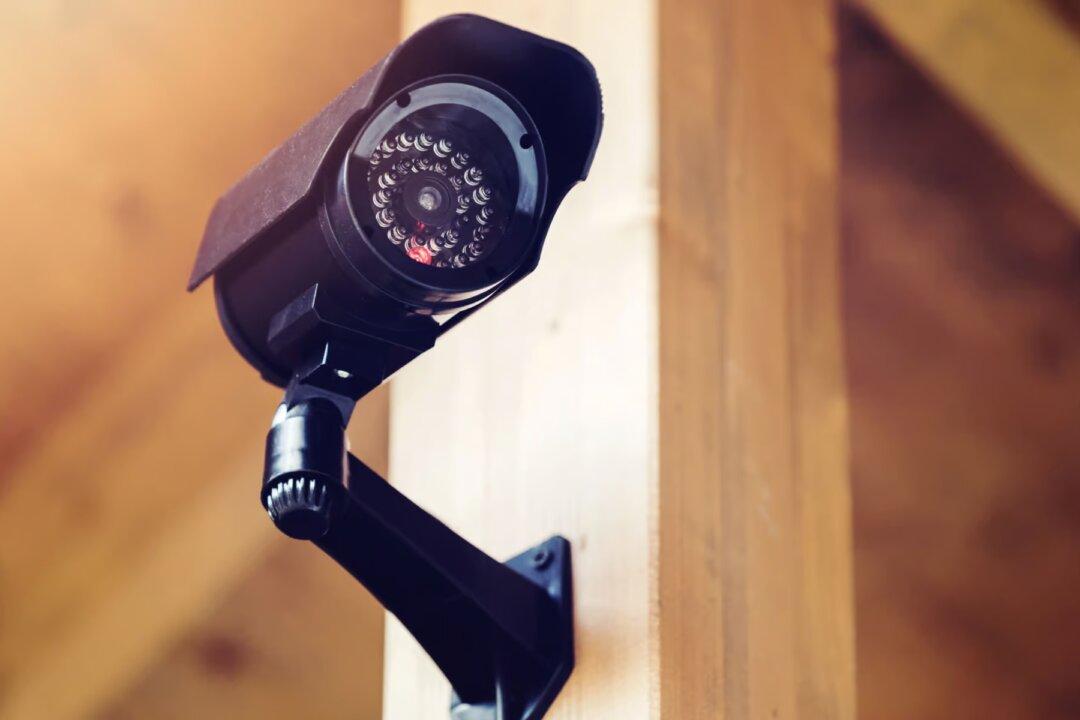In the weeks leading up to Christmas, Marian Keech, a Midwestern housewife, prepared for the end of the world. For some time Marian had been dabbling in the practice of automatic writing, communicating with otherworldly beings. They told her of life on other planets. They warned her of coming times of battle, plague, and devastation. They promised enlightenment and happiness. All Marian needed to do was believe.
Although family members were less convinced of Marian’s prophecies from beyond, over the summer, Marian had some success attracting more open-minded individuals to her cause, as well as the occasional curiosity seeker. Among these individuals, was the physician, Dr. Thomas Armstrong, who worked at a local college and ran a small group of “Seekers.” By November, Marian Keech had amassed a modest following of apostles for her movement, several of which risked their educations, careers, and reputations while preparing for the great flood that was to come on Dec. 21.
The year was 1954.
Needless to say, the cataclysmic event for which Marian and her followers patiently awaited never came to pass. One explanation for the barely averted apocalypse was that Marian Keech and her tiny group of followers had saved the world through their devotion to their cause. Another was somehow they had gotten the date wrong and that the End of Days were still to come. Yet, another explanation is that those days were never oncoming to begin with.
Leon Festinger, a psychology professor from the University of Minnesota, had recruited several research assistants to infiltrate Marian Keech’s group and report back to him as part of an observational study examining what happens when a group of individuals with great conviction in and commitment to a belief find that their belief has been unequivocally disproved.
The End Is the Beginning
Almost 70 years later, standing around the third floor hall of the biology building at Northern Illinois University one afternoon in the final days of the Before Times, a fellow grad student, a professor, and I joked about our incompetent governor and the sycophantic university bureaucrats that eagerly sought to be among the first to carry out our incompetent governor’s orders for our university.We laughed at how competing public health officials couldn’t decide if we were supposed to stay three feet or six feet apart during casual conversation. We marveled at the possibility that our overeager administrators might start asking us to attend meetings with colleagues down the hall via Zoom when we could, you know, just gather in a conference room or go to a colleague’s office down the hall.
We were biologists—or at least biologists in training. We found it absurd that so many people were overreacting to what, even then, seemed like a bad case of the flu that posed little threat to anyone save the very old or very ill.
Then our university bureaucrats announced they would be extending Spring Break for a week and that classes would be temporarily moved online once they resumed. Yet, still, very few professors or grad students I encountered as I wandered about halls of the biology building during that final week or two of quasi-normalcy expressed any unease or discomfort engaging in casual conversation in person. No one was measuring the distance between themselves and others. No one was wearing a mask—several of us with micro backgrounds had actually worked with potentially pathogenic fungi or bacterial spores in the past and knew, for the most part, that most masks were pretty ineffective at stopping the spread of respiratory pathogens.
When I reached out to my various supervisors at the time about my willingness to remain onsite and continue to be productive through whatever circumstances were to come, no one really pushed back too hard—at least not until we were all more or less barred from our labs by gubernatorial fiat.
Even then though, there still seemed to remain some subtle skepticism over the reorganization of society that seemed to extend beyond me and the small circle of friends with whom I stayed in touch and occasionally risked mild to moderate illness and the possible ire of Old Man Fauci by venturing out for an in-person happy hour when our school and state would have preferred we stayed home.
A Dimension Not Only of Sight and Sound, but of Mind
The reason for the about-face I witnessed in so many of my former colleagues was something over which I initially puzzled for quite a bit. As time went on, thanks to the early work by researchers such as Stanford epidemiologist John Ioannidis, Covid seemed less scary, not more. Additionally, we all presumably had the summer to brush up on the classic pandemic planning commentaries from nearly fifteen years earlier when the possibility of an H5N1 avian influenza outbreak weighed heavily on the minds of those in government and public health.Scenarios envisioned in report after report from that period rigorously tried to answer the question of what could governments do if a deadly virus with no vaccine, limited treatments, and rapid, sometimes asymptomatic spread were to plague the world. The consensus back then was not much.
Surely my small circle of happy hour companions and I weren’t the only ones to have bothered to read any of these articles. We were biologists—or at least biologists in training. I knew for a fact that there were people in that building who, during the Before Times, would brag about spending a weekend reading through stacks of articles from veterinary and microbiology journals in efforts to confirm their vet prescribed the correct antibiotic to their cat for a kitty-UTI. Surely some of these people had bothered to make the effort to confirm that our government and university had made sensible decisions on policies that now impacted every aspect of our lives.
But instead what I found among these biologists and biologists in training was quite the opposite. Instead, I discovered a profound lack of curiosity regarding the science behind the rules that now governed us. Conversations about infection fatality rates, masks, and models at best had the air of a Solomon Asch experiment. At worst, such conversations were met with a certain hostility, or at least condescension toward the idea that one might want evidence for that which had been proclaimed by Pope Fauci, the Church of the CDC, or “The Science.”
The True Believers
Other than journeying through a portal to a middle ground between light and shadow, however, the second most reasonable explanation for what I was witnessing was that these biologists and biologists in training had become like Marian Keech’s true believers, as had many people throughout the country beyond my tiny corner of northern Illinois.Nevertheless, when scientific institutions and scientists acting as the de facto figureheads of “Science” once more began to appear to be in conflict with their old foes on the Right of pandemic policy, this time led by President Donald Trump, political battle lines were drawn in a way where either you were on the side of Democrats and “The Science” or on the side of Republicans and Trump.
Henceforth, if being a Democrat, an anti-Trumper, or someone who believed in science was part of your core identity, you now found yourself in a position where you would defend “The Science” and all its related leaders, beliefs, and policies and do so on a very core level. It didn’t matter if you had followed “The Science” to a psychological Twilight Zone where a commitment to science was characterized not by critical thought and a careful assessment of data and evidence, but obedience to authority and a defense of symbolic representations of an institution.
Hence, many once seemingly reasonable biologists and biologists in training I knew in the Before Times came to exhibit a profound lack of curiosity, or express hostility and condescension toward the suggestion that one might want evidence for that which had been proclaimed by Pope Fauci, the Church of the CDC, or “The Science.” To some, questioning that which had been proclaimed by “The Science” had become like questioning that which had been revealed to Marian Keech.
As we now enter year three of the Pandemic Era, true believers continue to hold that the actions of those who “followed The Science” saved the world through their actions, no matter how destructive those actions are ultimately revealed to be.
And, even after the most cataclysmic events predicted by “The Science” have not come to pass, there remains a core group of true believers who are convinced “The Science” had simply gotten the date or the variant wrong and that the End of Days are still to come unless we all remain vigilant by forever being ready to mask up and lock down when “The Science” says it’s time.





